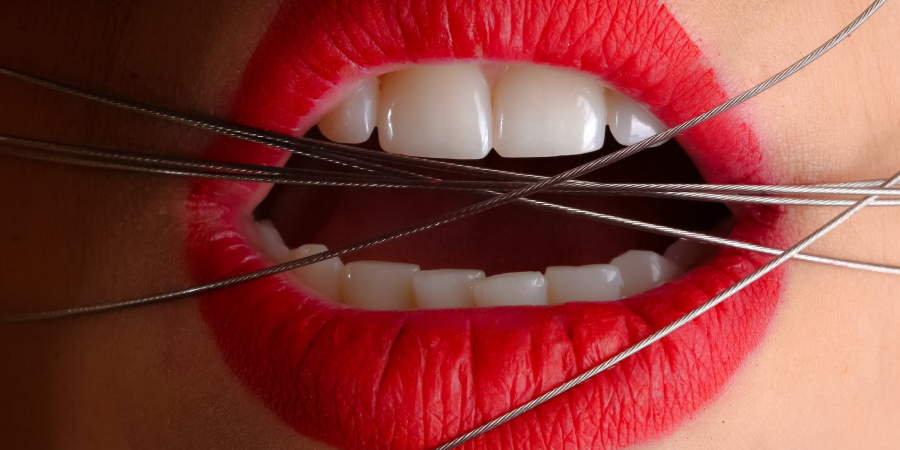

The human body is remarkable in its ability to heal and regenerate, but there is one peculiar exception - our teeth. Unlike other parts of our body, which can recover from injuries, damaged teeth lack the natural ability to heal themselves. In this article, we will explore the reasons behind this dental phenomenon.
Examining the Structure of Teeth:

In order to comprehend why teeth are unable to regenerate, it is important to take a closer look at their composition. Teeth are composed of three primary layers - enamel, dentin, and pulp. Enamel, which is the outer layer, possesses remarkable hardness but lacks the necessary living cells required for regeneration. Dentin, situated beneath the enamel, does have a limited ability to regenerate through odontoblasts. Nevertheless, everyday dental problems often surpass its natural capacity for healing. As teeth mature, the pulp, which contains nerves and blood vessels, gradually loses some of its regenerative potential.
Enamel, known for its remarkable durability, acts as a safeguard for teeth. Nevertheless, due to the absence of living cells, nerves, and blood vessels, if enamel gets damaged, the body cannot stimulate the healing mechanism without the essential elements. In contrast to the skin, which can restore injuries by cell division, enamel lacks the necessary workforce to mend itself.
There is some optimism in dentin, the layer located beneath enamel. It consists of odontoblasts, living cells that have the ability to produce fresh dentin. However, this process of regeneration has its limitations. The normal deterioration of teeth or the frequent occurrence of cavities often surpasses dentin's inherent ability to heal, resulting in long-term harm to the teeth.
As teeth mature, the regenerative capacity of the pulp, which is crucial during tooth development, diminishes. Although it consists of living cells, nerves, and blood vessels, its capability to initiate a strong healing response decreases over time. Consequently, when the pulp is infected or damaged, the body finds it challenging to activate an efficient healing process.
Unlike other parts of the body, such as skin that can heal wounds through cell division and migration, and bones that can mend fractures by depositing new bone tissue, teeth are a remarkable exception since they lack the ability to regenerate.
Researchers believe that the absence of self-repair in teeth could have origins in evolution. The solid composition of enamel, though highly advantageous for biting and chewing, might have overshadowed the necessity for the ability to regenerate. The defensive characteristics of enamel may have reduced the evolutionary need for an inherent healing system.

Recognizing the constraints of tooth healing underscores the significance of proactive dental maintenance. Consistent dental examinations, thorough oral hygiene practices, and a well-balanced diet play a crucial role in upholding dental well-being. Although our teeth cannot naturally regenerate, breakthroughs in dental science provide remedies like fillings and crowns, which effectively tackle oral problems and safeguard our beautiful smiles.

The fact that our teeth cannot heal themselves is a fascinating aspect of human biology. It is important to prioritize dental care as we explore the intricate structure and evolution of teeth. While our teeth do not have the natural ability to heal, taking a proactive approach to oral health is crucial for maintaining healthy and vibrant smiles. The enigma surrounding tooth healing keeps intriguing us, serving as a reminder of the delicate equilibrium within our remarkable bodies.
